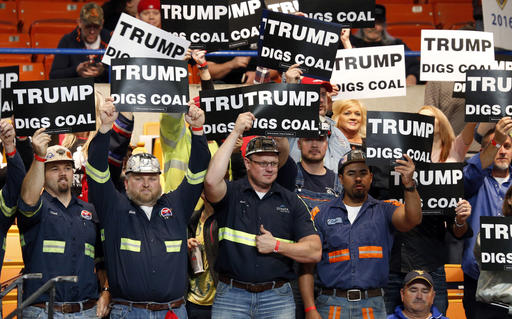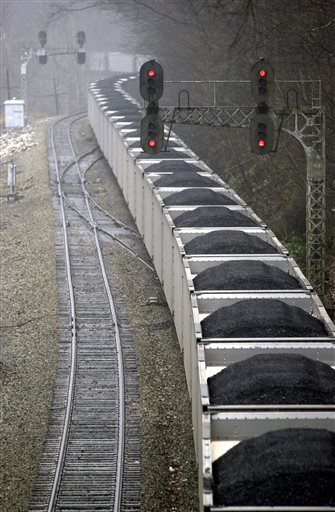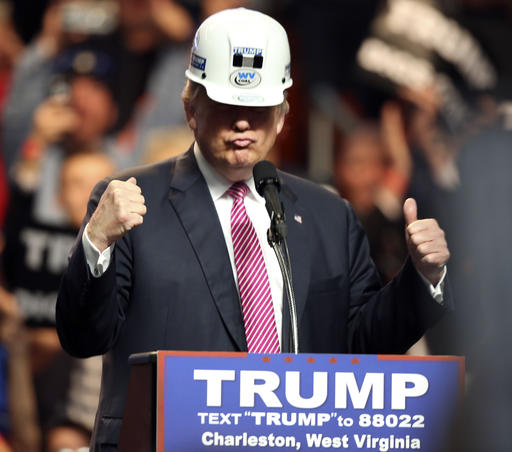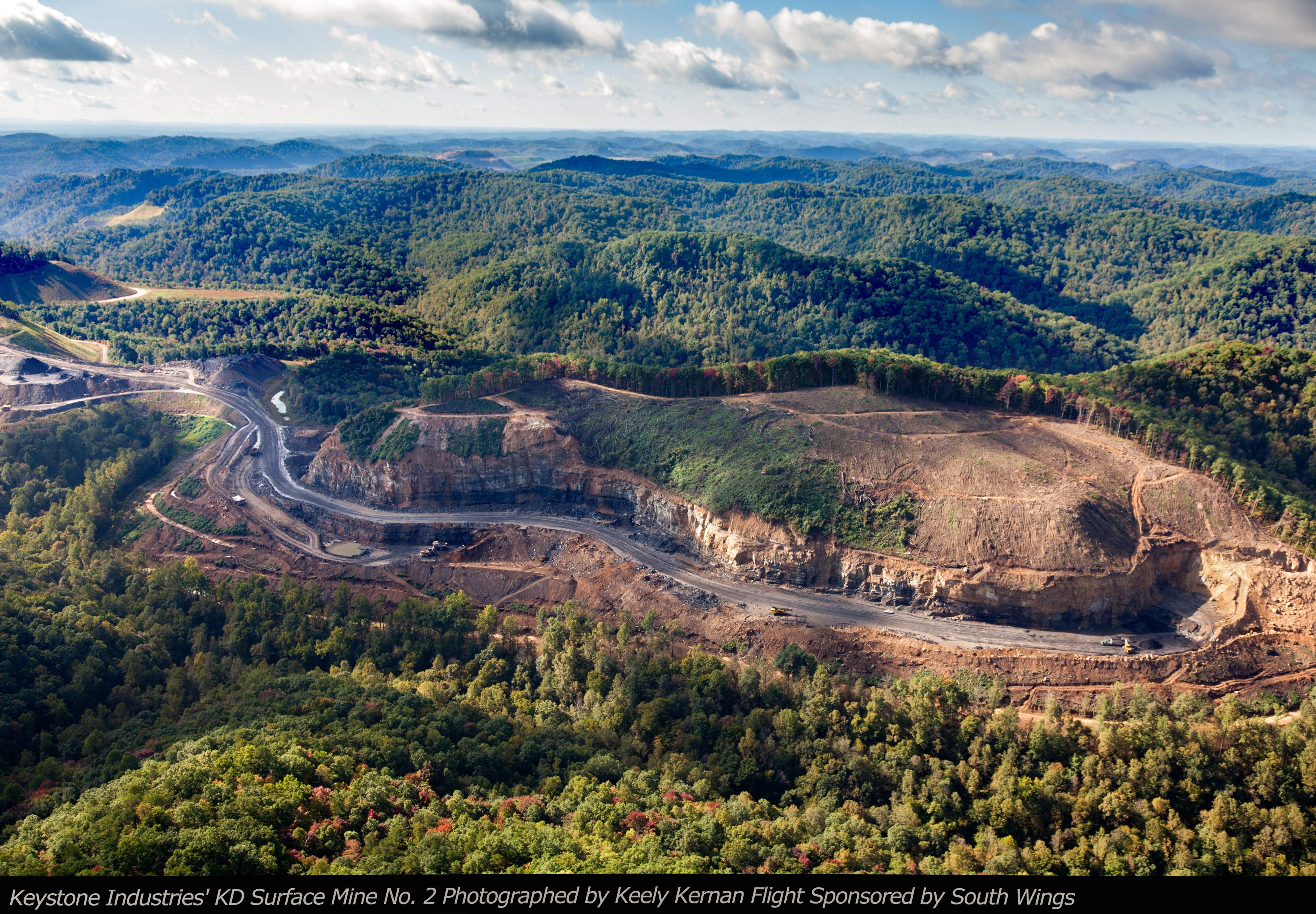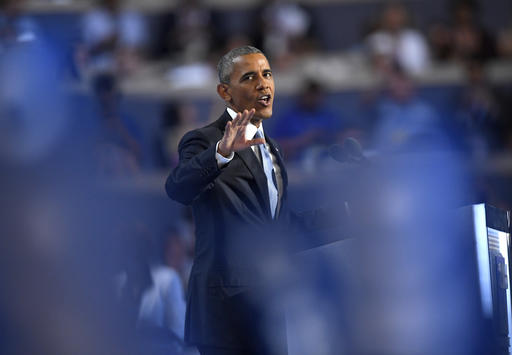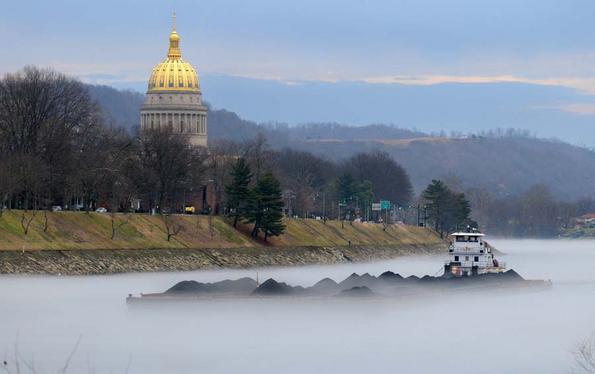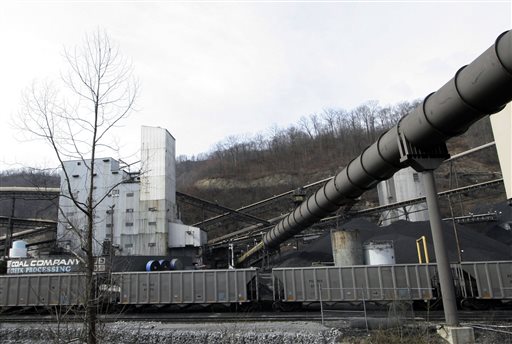How President Obama really failed the coalfields
November 15, 2016 by Ken Ward Jr.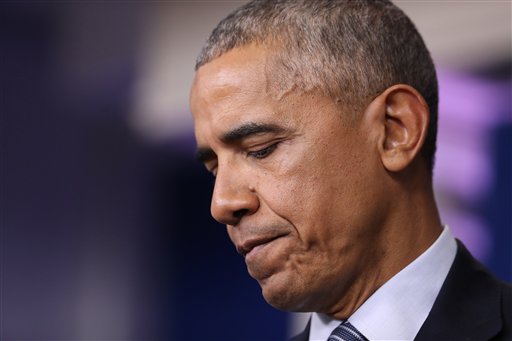
President Barack Obama listens to questions during a news conference in the Brady press briefing room at the White House in Washington, Monday, Nov. 14, 2016. (AP Photo/Manuel Balce Ceneta)
Yesterday’s post, “President-elect Trump’s coal con,” got a fair amount of attention and it is indeed a topic that deserves to be talked about by everybody who cares about the coalfields and about our state’s politics.
But it’s worth remembering that the political climate at any place at any particular time doesn’t just materialize out of thin air. The climate is created, by things that human beings (like candidates, party chairs, the media, votes) can control and by things they can’t control.
In West Virginia, the political climate didn’t just suddenly become anti-Obama and anti-EPA to the extent that it has become so. It took years of hard work by Republican activists, career campaign consultants, and coal industry public relations people. The truth is, though, that many Democrats — I’m looking at you, Sen. Joe Manchin, haven’t forgotten that awful ad where you shot the cap-and-trade bill — gave the industry and the Republicans plenty of help along the way.
Still, if you’re one of those West Virginia Democrats who wants to blame various election results on those awful people from the national party you belong to, it is worth trying to think about what really you should be focused on in that regard. Really, what that all goes back to is a little statement buried in a U.S. Environmental Protection Agency press release way, way back in 2009. At the time, EPA was announcing a bit of a crackdown (it was never really much of a crackdown) on mountaintop removal coal-mining. Here’s what it said:
Federal agencies will work in coordination with appropriate regional, state and local entities to help diversify and strengthen the Appalachian regional economy and promote the health and welfare of Appalachian communities.
Sounds great, right? The problem is, the Obama administration didn’t really get moving with a broad and detailed plan for any of that sort of thing until about six years later — in 2015, President Obama’s next-to-last-year in office. In 2015 and again this year, the White House included a major coalfield aid package in its budget proposal to Congress.
Continue reading…

 Subscribe to the Coal Tattoo
Subscribe to the Coal Tattoo

